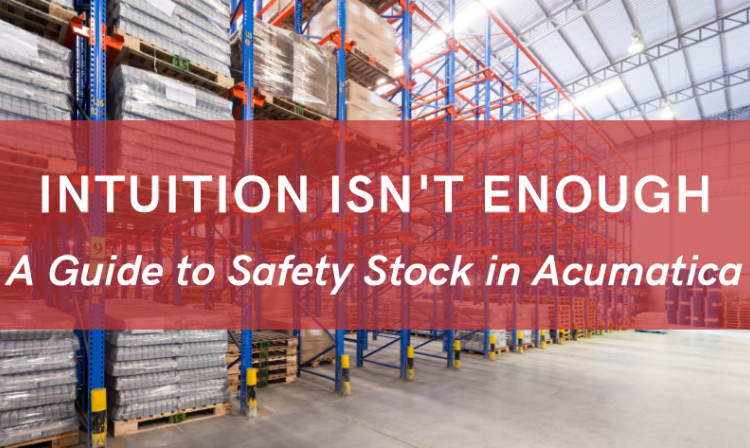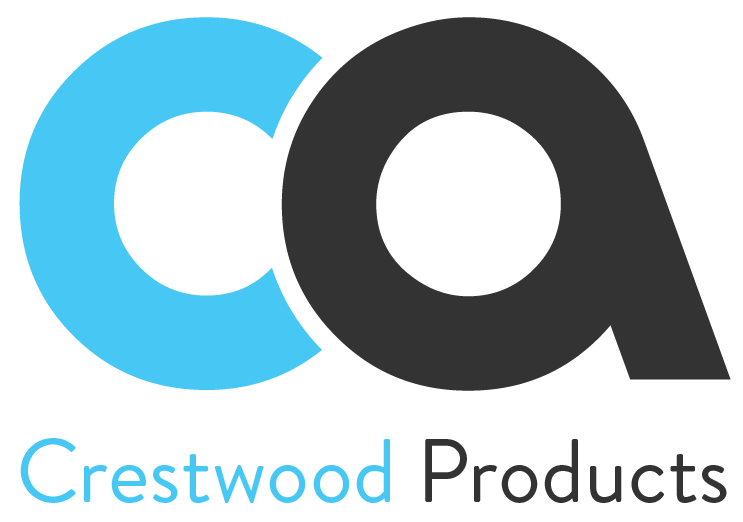Working in supply chain management for smaller and mid-sized firms requires a delicate balancing act. On one side, a business is a team of workers with experience and institutional knowledge about that business. They understand the time and cash constraints that exist, and their job is to find a way to make their warehouse(s) operate in reliable fashion. On the other side, there are supply chain best practices that use the latest in analytics and algorithms to create a smarter warehouse, but these practices can take time and money to implement.
After working in the industry for a while, you’ll see that most firms choose to let their team manage supply chain issues on their own, largely in an ad-hoc manner. After all, local knowledge and some intuition can keep most warehouses afloat, while adding on extra tools and applications to implement best practices is usually seen as a problem to address at some point in the future rather than today.
But here’s the key, and it’s the point of this article: your team’s intuition and elbow grease just isn’t good enough. Sure, it can work and keep things moving. But relying on your team’s experience and understanding is only part of the battle. This is, for example, why it’s important to use an ERP application like Acumatica, which is an extremely useful tool in helping you manage your business.
In today’s complex supply chain environment, where smaller firms deal with all the same problems as their biggest competitors, your team needs to integrate the best practices that make inventory-based businesses more profitable.
It really is this simple. A quality warehouse team is good and important, but they simply cannot create the smartest, most profitable version of your warehouse if you don’t give them the right tools.
You don’t expect your handyman to fix your electrical problem with a clipboard, right? You know an architect can’t truly design a building with a pen and a napkin, of course. So why is it that so many businesses — especially small and medium-sized businesses — think their staff can create efficient, successful warehouse using some basic data from their ERP dumped into a spreadsheet?
There are many examples in the supply chain where this is the case, from counting and receiving to shipping and documentation. Acumatica provides critical functionality to better operate your business, but there are some areas in your supply chain that may require additional tools that work with Acumatica to give you a properly synced warehouse. Let’s dive in on one key aspect your supply chain that’s almost completely under your control: Safety Stock.
Safety Stock — sometimes called Buffer Stock — is consistently one of the trickiest aspects of running a warehouse because it seems simple enough. Here’s a common refrain from businesses that don’t really understand the complexity of this issue:
“Management says we have to carry three months of stock because our lead time is three months.”
This makes sense on its face. Basically, if it takes three months to get the inventory in your warehouse, then you’re going to need at least that much on hand.
It turns out this is mistake. Worse, it’s a costly mistake because it piles on excess inventory, which is essentially your working capital rendered nearly useless on your warehouse shelves. Every day and every single order finds your business with stunted profitability because you haven’t instituted best practices; instead, you’ve sunk your cash into excess stock.
Many businesses replicate this profitability problem because they think it’s a cost of doing business — better to have a little too much on hand than to lose out on sales or deal with costly expediting of orders. There’s some truth in that understanding, but there is a better way to do this. And it requires you giving your warehouse team the right tool to do this specific job.
Let’s go back to the example of three months of Safety Stock from above. You can actually run a much leaner warehouse than you might think. What if you can order every two weeks? That means that on average, you’ll have six orders “on the water” at any given time.
For some, that sounds like you will only ever carry two weeks of inventory at any given time. However, that’s a risky choice because if any one of those six “on the water” orders gets delayed, you’ll run out of inventory. This is precisely where Safety Stock comes into play; it’s a best practice to keep a certain amount of Safety Stock for exactly that risk.
Be careful, though: you’ll have to carry more days of Safety Stock for more frequent orders, because there are increased risks. Depending on a variety of factors, it’s far more likely that what you need for this basic illustration is about three weeks worth of Safety Stock as opposed to three months.
The difference this will make on your cash-flow could be quite significant. In fact, if you institute this best practice for all your items, this will be an absolute game changer for your working capital. Your cash doesn’t have to be stuck on your shelves gathering dust anymore. You can actually use it to grow the business!
Let’s apply this lesson to your future planning needs. While Acumatica offers some basic methods for Safety Stock calculations, your business may very well need something beyond a basic “Min/Max” or “Fixed Order” policy. Consider calculating the proper Safety Stock level for all of your important items. Here are key questions to ask when assessing your current strategy for Safety Stock:
- How much time would it take you to put together better Safety Stock calculations?
- Would you know how to adjust the calculations if there are changes to your supply chain?
- How can Acumatica help in this effort? Is its functionality enough to manage your levels, and is it giving you optimal order recommendations to keep your warehouse at peak performance?
- Do you use any additional inventory management software and does it help you keep your inventory levels properly balanced?
Getting your Safety Stock right means having enough stock to mitigate risks and keep fill rates up, but not so much as to bury your working capital in excess stock. This is a critical task for your warehouse team to manage. Analytics and algorithms are the key to making your warehouse as profitable as possible, and more simple methods will lead to a more bloated and less profitable business.
Managing this type of dynamic environment and making calculations using data from your ERP isn’t impossible, especially with Acumatica’s latest functionality, but it can be incredibly time consuming and error prone when done manually. If your levels are out of whack, or you spend too much time trying to figure out your Safety Stock levels, you need to use the right tool to do the job.
After building decades of domain experience with inventory replenishment, the team at NETSTOCK created a demand planning tool that offers KPIs, data-based forecasts, dynamic Safety Stock levels, item classification, and more. NETSTOCK works directly in concert with Acumatica to help you produce optimal purchase orders, allowing you to run your warehouse at its peak performance.
Watch this 3-minute video about how NETSTOCK helped the pro-A/V manufacturer TruAudio free up nearly a million dollars they had trapped on their shelves after years of managing their replenishment with their ERP and a spreadsheet. Visit the NETSTOCK website to learn more about how you can make better inventory decisions and drive more profit from your inventory.






































